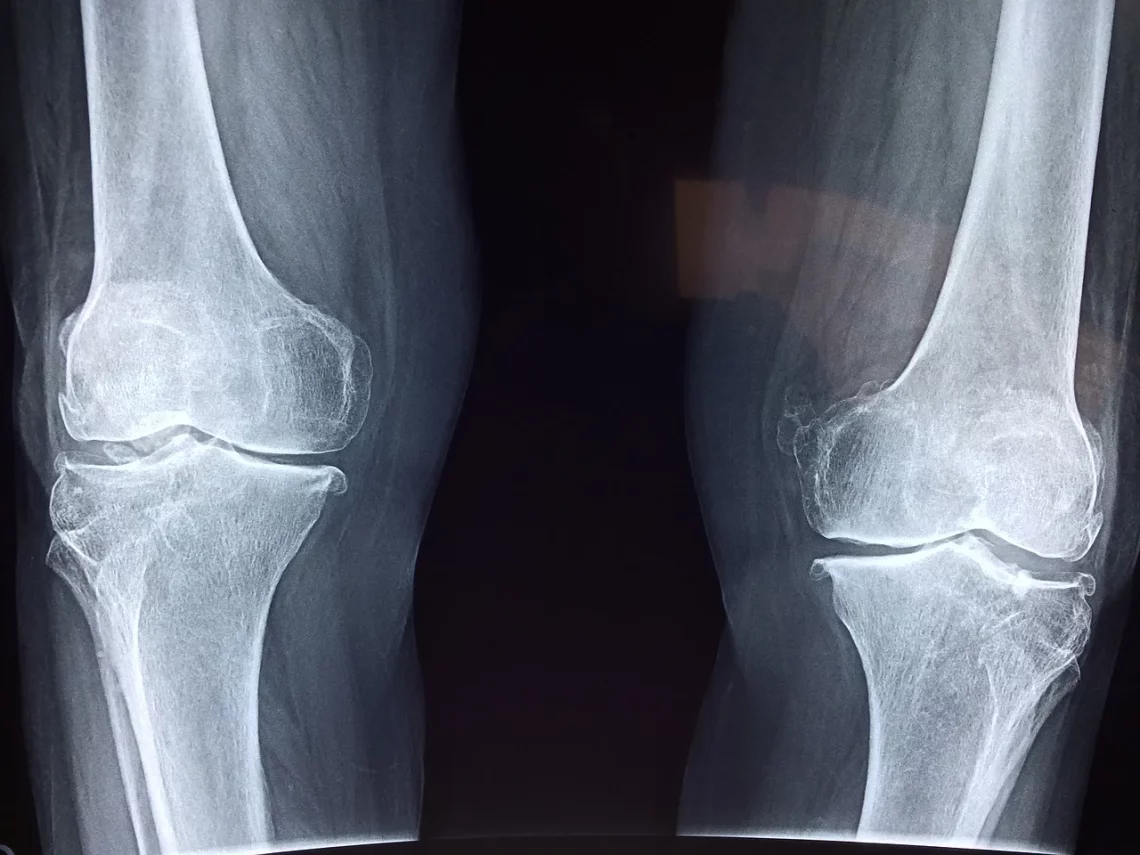
Choosing the Best Good Bones for Puppies to Chew and Enjoy
Choosing the right chew toys for your puppy is an essential aspect of responsible pet ownership. Puppies are naturally curious and energetic, and chewing is a fundamental behavior that helps them explore their environment and develop their jaws. However, not all chew toys are created equal. Selecting safe, durable, and enjoyable options can significantly impact your puppy’s dental health, behavior, and overall well-being.
The market offers a plethora of choices, from natural bones to synthetic alternatives, each with unique benefits and potential drawbacks. As a pet owner, understanding what makes a good chew toy can help you make informed decisions that cater to your puppy’s specific needs. A proper chew toy can keep your puppy entertained, provide relief during the teething phase, and even assist in promoting healthy teeth and gums.
In this guide, we will explore various options for chew toys, focusing on their materials, benefits, and safety considerations. By examining these factors, you can ensure that you provide your puppy with the best possible chewing experience, one that is both enjoyable and beneficial for their development.
Understanding Puppy Chewing Behavior
Puppies have an intrinsic need to chew, which stems from their natural instincts. Chewing serves multiple purposes, including exploring new textures, alleviating boredom, and most importantly, easing the discomfort that often accompanies teething. During this phase, a puppy’s gums may feel sore, and chewing can provide the necessary relief.
It’s important to recognize that not all chewing behaviors are negative. In fact, chewing can be beneficial when directed towards appropriate items. Puppies that chew on suitable toys are less likely to engage in destructive behaviors, such as gnawing on furniture or shoes. Therefore, understanding your puppy’s chewing behavior is crucial in selecting the right chew toys.
When selecting chew toys, consider your puppy’s age, size, and chewing strength. Younger puppies may require softer toys that are gentle on their developing teeth, while older puppies may need more durable options to withstand their stronger jaws. Additionally, different breeds have varying chewing habits, so it’s essential to tailor your choices to your puppy’s specific needs.
Lastly, always supervise your puppy during playtime with chew toys. This ensures you can intervene if they start chewing on something unsafe or if the toy begins to break apart. By observing their chewing habits, you can gain insights into what types of toys they enjoy and what materials work best for their needs.
Types of Chew Toys: Natural vs. Synthetic
When it comes to chew toys, you will encounter two primary categories: natural and synthetic options. Each type has its advantages and disadvantages, making it essential to understand what you are choosing for your puppy.
Natural chew toys, such as rawhide bones, antlers, or even certain fruits and vegetables, often appeal to puppies due to their taste and texture. These options can be more digestible and may provide additional nutrients. For instance, some natural chews contain minerals that can be beneficial for your puppy’s health. However, it’s crucial to ensure that these items are sourced from reputable suppliers to avoid harmful additives or contaminants.
On the other hand, synthetic chew toys, which include rubber or nylon products, offer durability and can withstand even the most vigorous chewers. Many synthetic options are designed to be safe and non-toxic, providing peace of mind for pet owners. Additionally, these toys often come in various shapes, sizes, and textures, allowing you to find the perfect match for your puppy’s preferences.
Despite their benefits, synthetic toys can sometimes pose risks if they break apart or if small pieces are ingested. Always inspect chew toys regularly for signs of wear and replace them as necessary. Finding the right balance between natural and synthetic options can ensure that your puppy has a diverse and enjoyable chewing experience.
Finding Safe and Durable Options
Safety is paramount when selecting chew toys for your puppy. The right choice can prevent choking hazards and reduce the risk of digestive issues. Always look for toys that are specifically designed for puppies, as these will be made with softer materials that are easier on their developing teeth.
One of the best ways to ensure a toy’s safety is to check for certifications or endorsements from veterinary organizations. This can give you confidence that the toy has been tested and deemed safe for your puppy. Additionally, be cautious of toys with small parts that could be chewed off and swallowed.
Durability is another critical factor. Puppies, especially larger breeds, can be quite destructive. Look for chew toys made from high-quality materials that can withstand chewing without breaking apart. Rubber toys, for instance, are often more durable and can be a great option for aggressive chewers.
Another consideration is the size of the chew toy. Ensure the toy is appropriate for your puppy’s size to avoid choking hazards. A toy that is too small can easily be swallowed, while one that is too large may be difficult for your puppy to handle.
Lastly, always monitor your puppy while they are chewing. This allows you to react quickly if any issues arise, ensuring a safe and enjoyable chewing experience.
Enhancing the Chewing Experience
To make chewing more enjoyable for your puppy, consider enhancing their experience with various interactive and engaging options. One way to do this is by selecting toys that can be filled with treats or peanut butter. These toys can stimulate your puppy’s natural curiosity and keep them occupied for extended periods.
Another idea is to rotate different chew toys to keep your puppy interested. Just like humans, dogs can become bored with the same toys. Regularly introducing new items or switching out existing ones can keep their interest piqued and encourage them to engage in positive chewing behaviors.
Incorporating playtime with chew toys can also enhance the experience. Engaging with your puppy using the toys can strengthen your bond while allowing them to expend energy in a constructive way. You can play tug-of-war with durable toys or toss them for fetch, providing both physical and mental stimulation.
Lastly, consider the environment in which your puppy chews. A designated area for chewing can help them understand that this is a positive behavior. Providing comfortable bedding or mats can create a cozy space where they feel secure while enjoying their chew toys.
By enhancing the chewing experience, you not only keep your puppy entertained but also promote healthy chewing habits that can have lasting benefits.
In conclusion, choosing the best chew toys for your puppy requires careful consideration of various factors, including their chewing behavior, safety, and the materials used. By understanding the differences between natural and synthetic options and focusing on safety and durability, you can provide your puppy with a positive and enjoyable chewing experience.
Always consult with your veterinarian if you have specific concerns regarding your puppy’s health or chewing behavior. This article is not intended as medical advice, and professional guidance should be your first resource for health-related questions.




